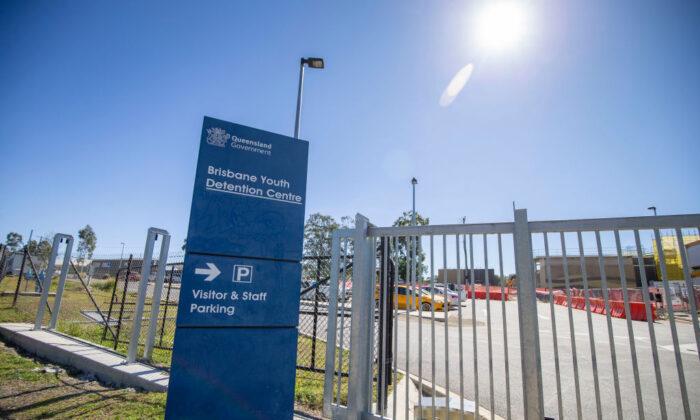The misuse of opioids, including prescription drugs and heroin, is costing Australia almost $16 billion and thousands of deaths a year.
More than 645,000 Australians misused opioids in the 12 months to June 2016, a new study published by Curtin University’s National Drug Research Institute shows.
The national study estimates $5.6 billion in direct tangible costs related to opioid abuse, including reduced workforce productivity and absence, crime, road accidents and healthcare costs.
A further $10.1 billion is linked to the premature death of 2203 people and more than 70,000 years of life lost.
More than 100,000 Australians are estimated to have an opioid dependence, with misused prescription drugs now responsible for more deaths than heroin.
“Within Australia, we’ve seen significant increases in the extra-medical use of pharmaceuticals,” NDRI professor Steve Allsop said.
“That has certainly increased, to the point where now the larger proportion of these deaths are related to pharmaceutical opioids as opposed to just heroin.”
A 2018 report by the National Drug and Alcohol Research Centre highlighted an increase in opioid-induced deaths from 3.8 to 6.6 per 100,000 Australians from 2007 to 2016.
Allsop said the latest findings reinforced the critical importance of government interventions in recent years, including making medication to treat Hepatitis C widely available and the rollout of naloxone to prevent overdose deaths.
He noted that the study, based on the most recently available data, had not captured recent restrictions on access to codeine-based pain relief.
“We need to ensure that people who have legitimate need get access to (pain relief) medication when they need it,” Allsop said.
“But on the other hand we want to ensure people aren’t unnecessarily maintained for long periods of time on these medications. And also we want to avoid people doctor shopping, diverting pharmaceuticals for non-medical use and so on.”
Researchers from the University of Adelaide, UNSW, Flinders University and the University of Queensland contributed to the study led by the Perth-based NDRI.





